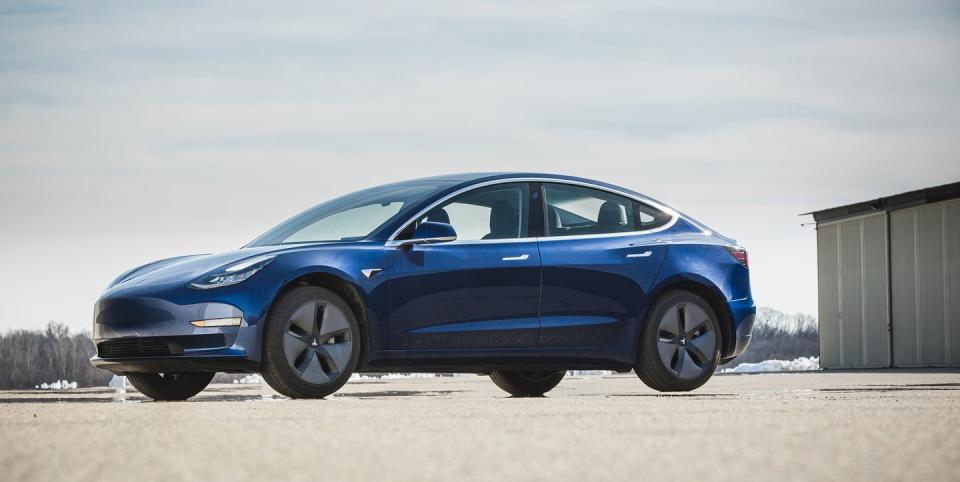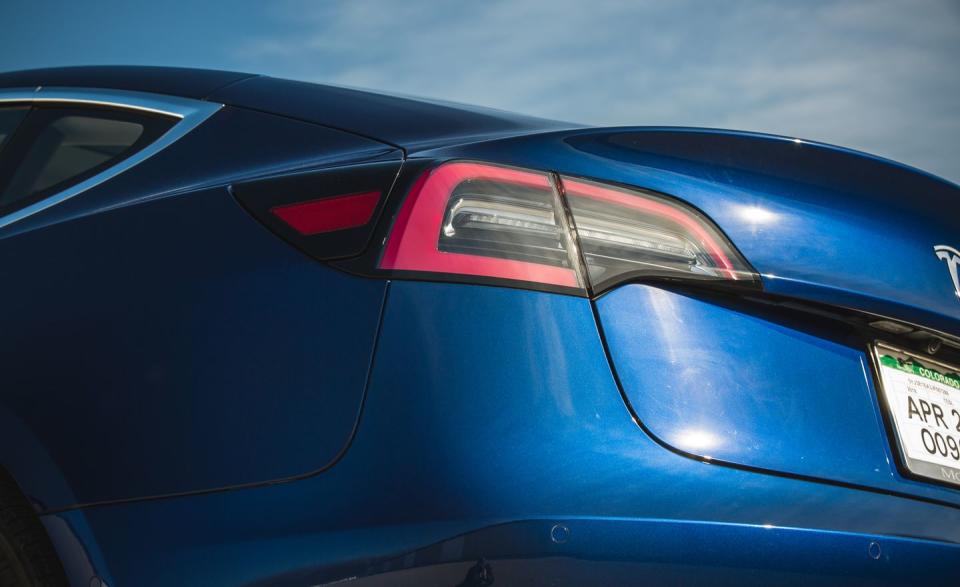Whoa! Musk Promises Update to Improve Model 3 Braking

In our test of the Tesla Model 3, we recorded a 176-foot stop from 70 mph, which was (just barely) the best of its competitive set. However, we also experienced a disturbingly wide variation in braking results, with some stops from 70 mph taking as long as 196 feet, a dismal result for a mid-size sedan. Consumer Reports experienced a similar phenomenon in its tests of the Model 3. In part because of the model’s poor and inconsistent braking performance, that publication does not recommend the entry-level Tesla.
That announcement has triggered a reaction from Tesla CEO Elon Musk, who announced via Twitter that the Model 3 will receive a firmware update designed to curb the car’s erratic braking behavior. The update reportedly will address the anti-lock braking system’s calibration algorithm, which Musk blamed for the Model 3’s brake fade.
If Tesla is truly serious about improving the Model 3’s stopping performance, however, adopting more robust mechanical braking components that are less susceptible to heat-induced fade might also be necessary. We at C/D are skeptical that changes to the ABS algorithm alone will solve what our test data suggests is a hardware issue.
Fortunately for Model 3 owners, Musk tweeted that Tesla is willing to physically upgrade the brakes of all Model 3s produced if necessary, saying that the company “will make sure all Model 3s [have] amazing braking ability at no expense to customers.”
Despite the disappointing braking performance of the current rear-motor Model 3, it could be that the upcoming dual-motor version will not suffer from such severe brake fade. Not only might the current controversy push Tesla to equip the dual-motor car with more capable mechanical brakes, but the additional regeneration from the second, front-mounted motor ought to also assist in bringing the all-wheel-drive electric sedan to a stop more quickly and consistently than its rear-drive counterpart.
That’s what we saw with the Model S. When we tested a rear-drive version in 2014, that car initially came to a stop from 70 mph in 171 feet but needed 196 feet by its sixth stop. An all-wheel-drive Model S tested the following year performed more consistently, its shortest and longest braking distances varying by just nine feet.
Naturally, we’d be eager to retest a Model 3 with the firmware update to see if its fade resistance improves. Feel free to drop one off at our office for testing at your earliest convenience, Elon.
You Might Also Like

 Yahoo Finance
Yahoo Finance 

